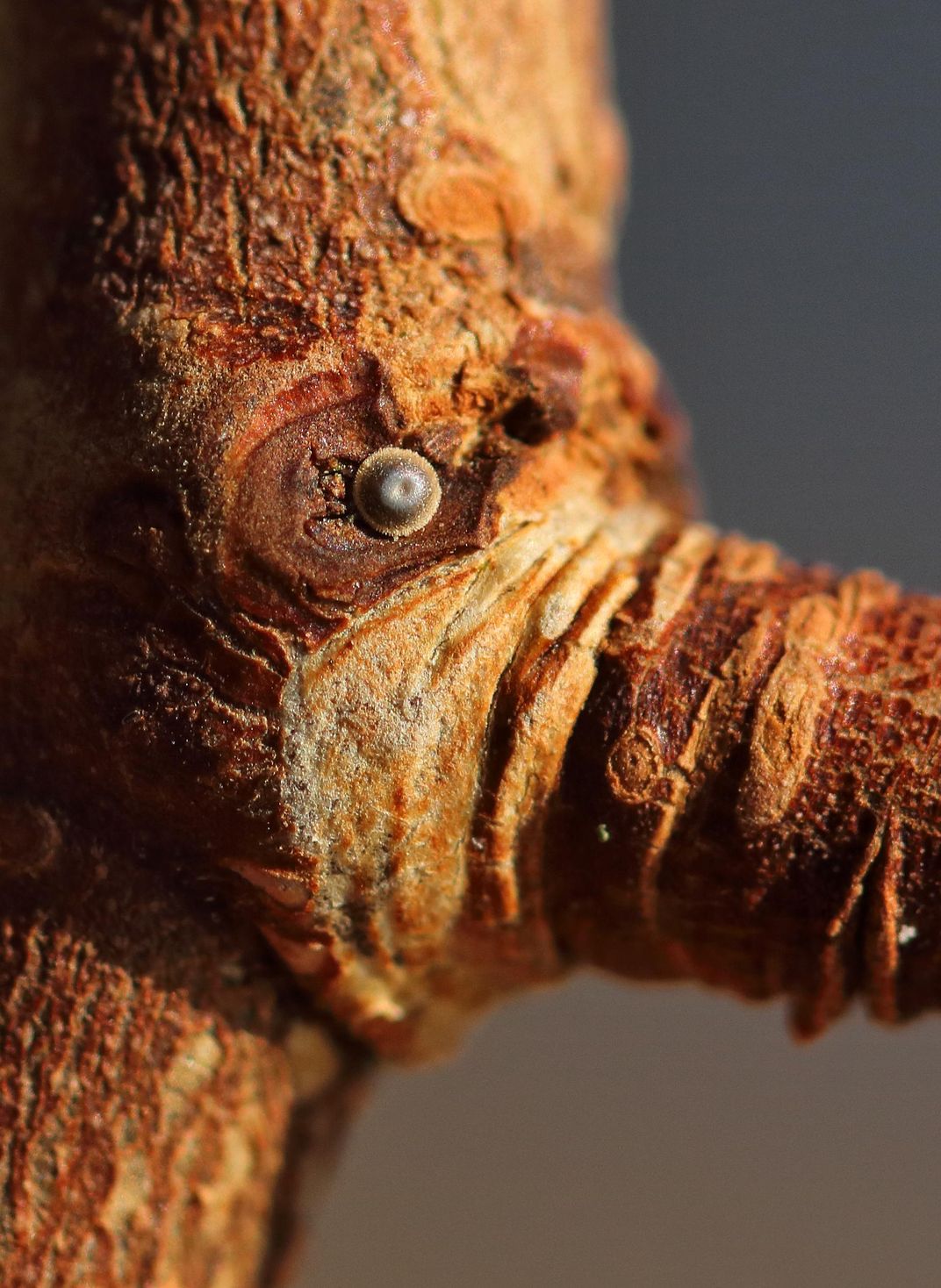This Butterfly Recently Returned to Scotland. Now, It’s Laying Eggs
The white-letter hairstreak, which is native to the UK, had disappeared from Scotland for more than a century
:focal(576x586:577x587)/https://tf-cmsv2-smithsonianmag-media.s3.amazonaws.com/filer/f8/37/f8375045-b74a-4748-b6a6-42a58bc5388f/white-letter-hairstreak_credit_iain_h_leach.jpg)
Last summer, the elusive white-letter hairstreak butterfly was spotted in Scotland for the first time in 133 years. Conservationists wondered if the critter had established a breeding colony in the country—and a new discovery suggests there is good reason to be optimistic. As Russell Jackson reports for the Scotsman, volunteer naturalists recently found a cluster of tiny white-letter hairstreak eggs on an elm tree in Lennel, a hamlet near the country of Berwickshire.
Volunteers with the UK’s Butterfly Conservation have been carefully tracking white-letter hairstreak migrations for more than ten years. The butterfly, which boasts a distinctive “W” pattern on the underside of its wings, is native to the UK and was once widespread in England and Wales. But white-letter hairstreak numbers have declined drastically in recent decades, largely due to an outbreak of Dutch elm disease, a fungal illness that took hold in the 1960s. The disease has killed millions of British elm trees, which is the food source for white-letter hairstreak caterpillars.
Recently, there have been signs that the butterfly’s populations are recovering. The Butterfly Conservation team has observed the white-letter hairstreak gradually spreading northwards, possibly due to warming climates. But the white-letter hairstreak is still a very rare sight in Scotland, and the volunteers who found the cluster of eggs—Ken Haydock and Jill Mills—were thrilled by the discovery.

“It was a lovely sunny morning and we were searching the elm trees by the River Tweed at Lennel when Jill called me over,” Haydock says in a Butterfly Conservation statement. “I could see by the look on her face that she had found something. We were both beaming with disbelief and delight when we realized what Jill had found and within seconds I was fumbling in my pack for the camera—my hands were shaking!”
That Haydock and Mills managed to spot the eggs is quite remarkable; according to Vittoria Traverso of Atlas Obscura, white-letter hairstreak eggs are smaller than a grain of salt. The volunteers were also excited to discover an old, hatched eggshell amid the cluster of new eggs. According to the Butterfly Conservation, this suggests that the white letter hairstreak could have been breeding in the area since at least 2016.
Paul Kirkland, the director of the Butterfly Conservation’s Scotland chapter, says in the statement that conservationists will “need to have a few more years of confirmed sightings” before they can classify the white-letter hairstreak as a resident species of Scotland. “If this happens, it would take the total number of butterflies found in Scotland to 34,” he says, “which really would be something to celebrate.”